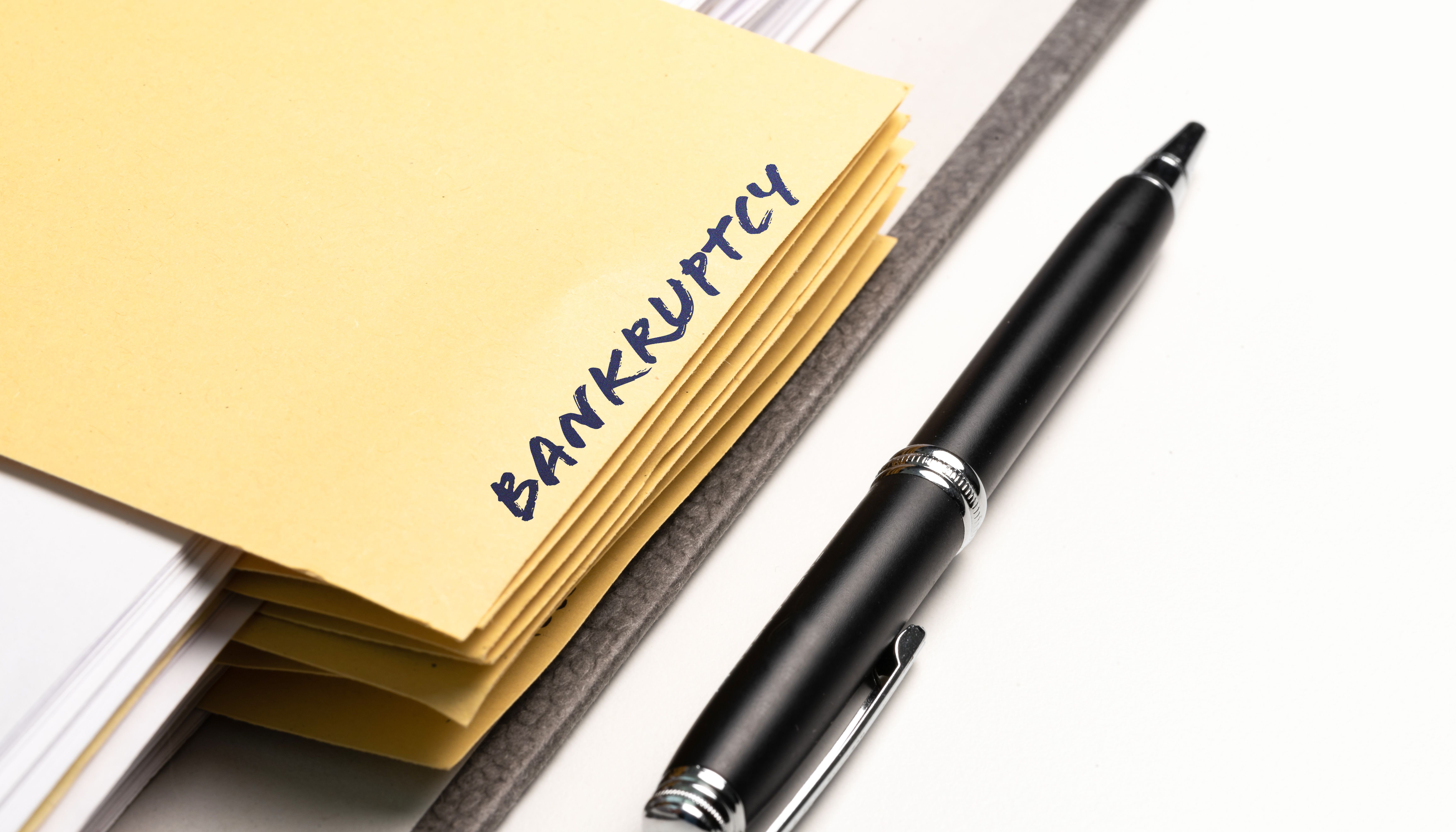Bankruptcy: Navigating Financial Challenges
What is Bankruptcy?
Bankruptcy is a legal process designed to help individuals or businesses that are unable to repay their debts. The process provides relief by either eliminating debts or establishing a repayment plan. While it can offer a fresh start, bankruptcy also comes with significant financial and legal implications that need to be carefully considered.
There are different types of bankruptcy, each tailored to specific situations. The most common for individuals are Chapter 7 and Chapter 13, while businesses often file under Chapter 11. Understanding which type of bankruptcy is suitable for your situation is crucial in navigating this challenging financial landscape.

The Types of Bankruptcy
Chapter 7 Bankruptcy
Chapter 7 bankruptcy, often referred to as "liquidation bankruptcy," involves selling off assets to repay creditors. This type of bankruptcy is usually best for individuals with limited income who cannot pay back their debts. Once the assets are sold and the proceeds distributed, most remaining debts are discharged, offering a clean slate.
Chapter 13 Bankruptcy
In contrast, Chapter 13 bankruptcy allows individuals to keep their assets and develop a repayment plan to pay back a portion or all of their debts over three to five years. This option is typically suitable for those with a steady income who can manage monthly payments under the court-approved plan.
Considering Bankruptcy: The Pros and Cons
While bankruptcy can provide relief from overwhelming debt, it also has drawbacks. One of the primary benefits is the automatic stay, which halts collection actions, such as wage garnishments and foreclosures. Additionally, it can discharge unsecured debts, giving you a chance to rebuild financially.
However, filing for bankruptcy also has significant consequences. It can severely impact your credit score, making it difficult to obtain loans or credit in the future. Furthermore, not all debts are dischargeable in bankruptcy, such as student loans and certain taxes.
Steps to Take Before Filing for Bankruptcy
Before deciding to file for bankruptcy, it's essential to explore all other options. Consider consulting with a financial advisor or a credit counseling service to assess your situation thoroughly. They can help you understand your finances better and offer alternatives like debt consolidation or negotiation with creditors.
If bankruptcy seems inevitable, gather all necessary financial documentation, including income statements, debt obligations, and assets. This information will be crucial during the filing process and will be required by the court.
Life After Bankruptcy
Emerging from bankruptcy involves rebuilding your financial life. It's important to create a realistic budget and stick to it, ensuring that you live within your means. Start by establishing an emergency fund to cover unexpected expenses and prevent falling back into debt.
Rebuilding your credit score is another critical step after bankruptcy. Consider obtaining a secured credit card or becoming an authorized user on someone else's account to gradually improve your credit history. With time and responsible financial behavior, it's possible to restore financial stability and achieve your long-term goals.

